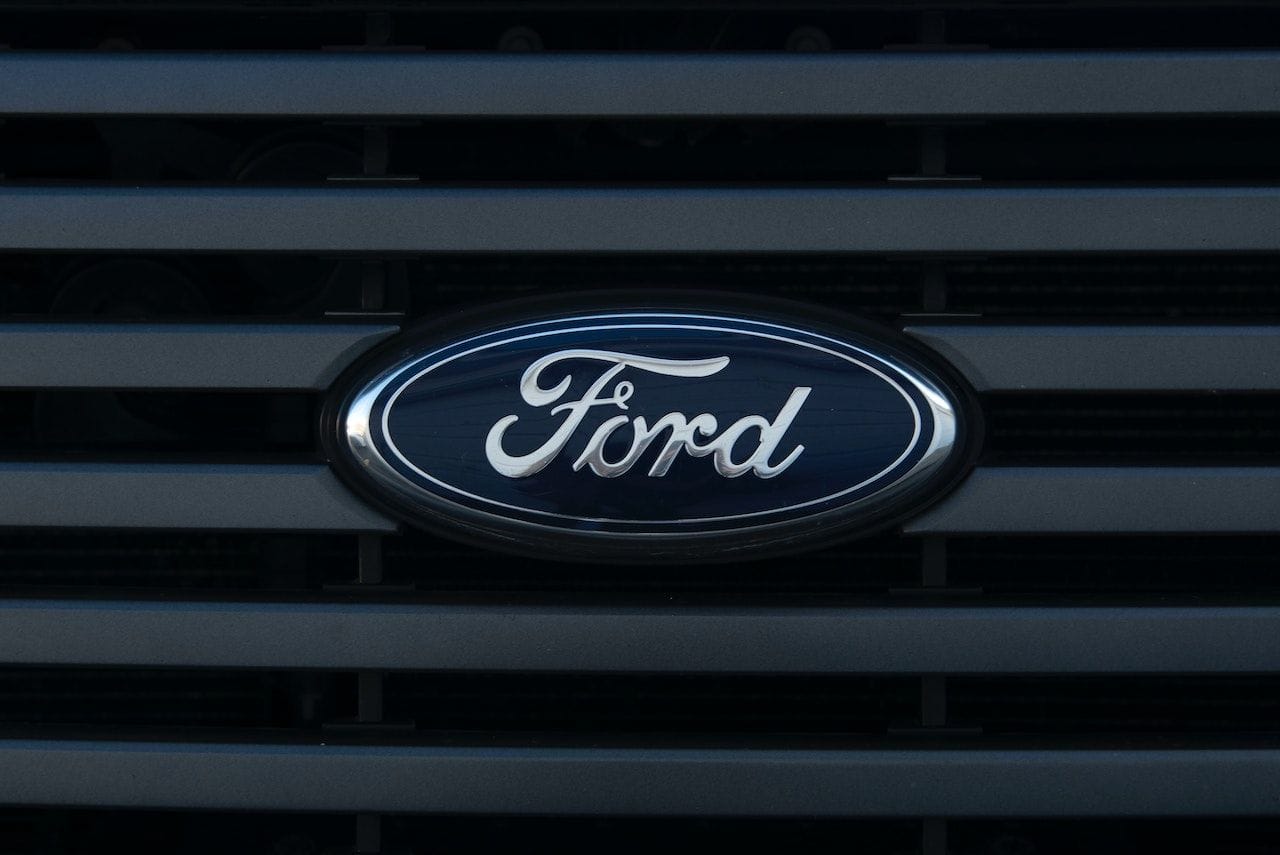In the current business climate, businesses must build a strong brand identity to remain competitive. Authentic branding can help to establish and build trust between businesses and their customers, increasing the chances of a successful long-term relationship.
In today’s competitive business landscape, authentic branding is crucial for building consumer trust and establishing lasting relationships. Companies like Ford, Coca-Cola, and Disney exemplify successful branding strategies, focusing on consistency, emotional connections, and innovative marketing to differentiate themselves. Their powerful brand identities resonate with customers, showcasing that thoughtful branding directly contributes to a company’s bottom line and long-term success.
Effective branding can also positively affect the bottom line, as it allows businesses to create a unique identity and differentiate themselves from their competitors.
In this article, look at the power of authentic branding by looking at the branding stories of these successful companies.
Table of Contents
1. Ford
When it comes to successful branding, few companies have achieved the level of success that Ford Motor Company has. Ford has been one of the most recognizable and trusted brands in the automotive industry for more than a century. The company has created an influential and recognizable brand, from the iconic Ford Mustang to the reliable Ford F-150.
Ford’s success can be attributed to several factors. First, Ford has consistently stayed true to its core values of quality, reliability, and affordability. This consistency has allowed the company to create a strong brand identity that resonates with consumers.
Second, Ford has invested heavily in marketing and promotion. The company has used various tools to get its message out to consumers, from television commercials to print ads. This has helped create an image of Ford as a reliable, dependable, and trustworthy company.
Third, Ford has used innovative strategies to differentiate itself from its competitors. For example, the company has been a leader in developing new technologies, such as its EcoBoost engine, which is a fuel-efficient engine that helps reduce emissions. This has helped to give Ford a competitive edge in the market.
2. Coca-Cola
Coca-Cola is one of the most recognizable and successful brands in the world. It is a global beverage industry leader and has a long history of success in marketing and branding. The company has used various methods to build its brand and create a powerful presence in the marketplace.
Coca-Cola’s brand is based on its long-standing commitment to providing customers with a unique and enjoyable product. The company has invested heavily in advertising, including television commercials, print campaigns, and digital marketing. Its iconic logo and slogans are well known, and the company has created a powerful emotional connection with consumers.
The company has also used various marketing tactics to create a powerful brand identity. It has developed unique and recognizable packaging and focused on creating a strong emotional bond with its customers. The company has also used celebrity endorsements, sports sponsorships, and social media campaigns to reach a wider audience.
3. Disney
Disney is one of the most iconic brands in the world. It is a household name that has been around for almost a century and is synonymous with childhood memories. The success of Disney is due to its powerful branding strategy that has been developed and perfected over the years.
Disney has always been known for its wholesome, family-friendly image. This image is reinforced through its movies, theme parks, merchandise, and other products. Disney’s branding strategy focuses on creating an emotional connection with its customers. It has a clear, consistent message that resonates with people of all ages.
Final Thoughts
Branding is essential to any successful business, and these companies are prime examples of how effective a well-crafted branding strategy can be. With their efforts, these brands have created a strong, recognizable image that resonates with their customers.
If you need help with branding and business promotion, let AMW® help you. Our experienced team will take a deep dive into your project and form a customized strategy for you. Message us for a quick quote today.
AMW® is a marketing and entertainment group that provides a wide range of marketing and event platforms throughout the World. AMW® partner with leading brands, companies, and media to help bring growth to their businesses through marketing, communications, and special events. Learn more

